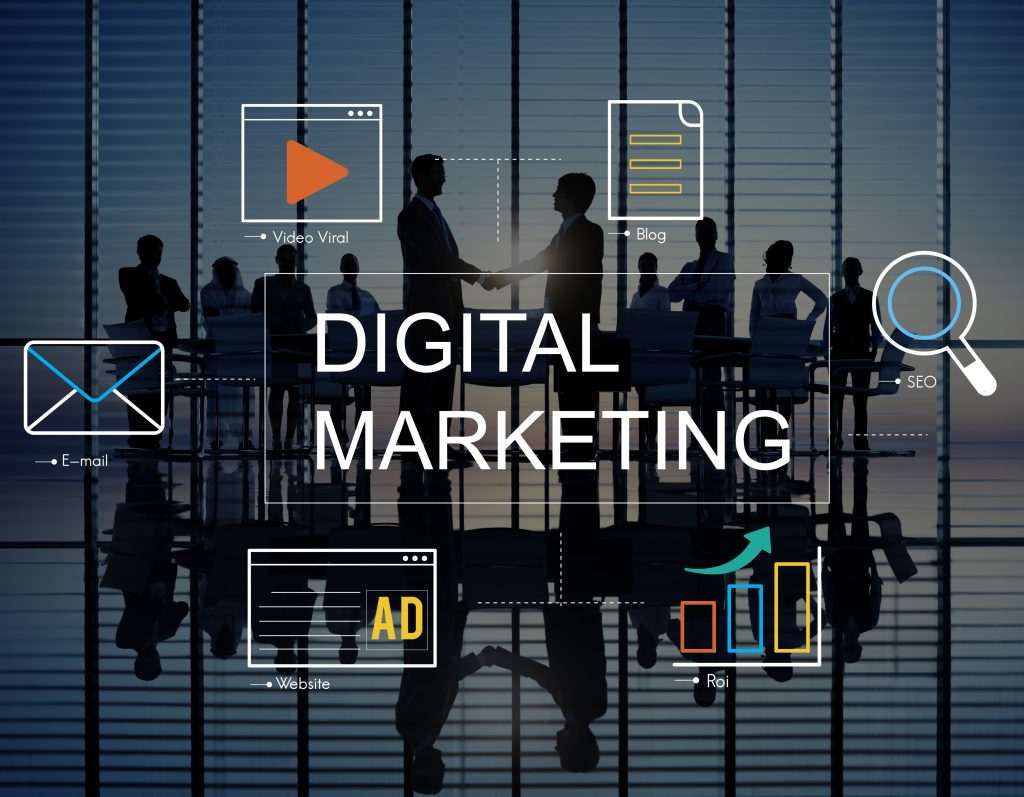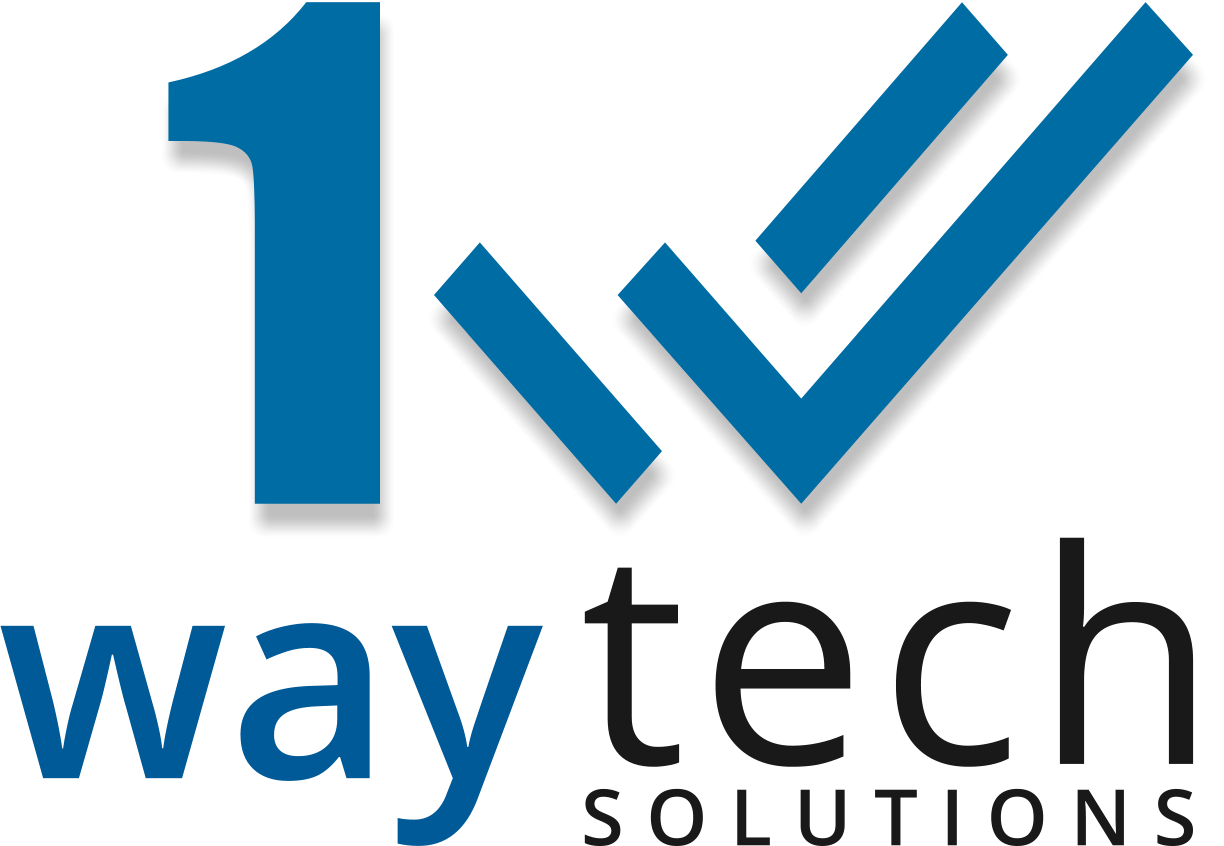Basics of Digital Marketing: A Guide for Small Businesses

Introduction
In today’s fast-paced digital world, businesses must adapt to stay relevant. Digital marketing has become essential for small businesses, providing cost-effective strategies to reach target audiences and compete with larger players. Unlike traditional marketing methods, digital marketing allows businesses to connect with customers on platforms where they spend most of their time—online.
This comprehensive guide will walk small business owners through the fundamentals of digital marketing, its importance, and actionable steps to get started. Whether you’re a novice or looking to refine your approach, this guide has you covered.
What Is Digital Marketing?
Digital marketing refers to the use of online platforms, tools, and strategies to promote products or services. It encompasses a wide range of activities, from social media campaigns to email newsletters and search engine optimization.
Key components include:
- Website Development: The foundation of your online presence.
- Content Marketing: Creating valuable content to engage and inform your audience.
- Social Media Marketing: Using platforms like Facebook, Instagram, and LinkedIn to connect with customers.
- Search Engine Optimization (SEO): Optimizing your online content to rank higher in search results.
- Pay-Per-Click (PPC) Advertising: Paid campaigns to drive traffic and conversions.
- Email Marketing: Direct communication with customers to nurture relationships.
Why Digital Marketing Matters for Small Businesses
1. Cost-Effectiveness
Traditional marketing methods like TV ads or billboards can be prohibitively expensive for small businesses. Digital marketing offers a budget-friendly alternative with a higher return on investment (ROI).
2. Targeted Reach
Digital platforms allow businesses to segment their audience based on demographics, interests, and behaviors, ensuring that marketing efforts are focused on potential customers.
3. Measurable Results
Unlike traditional methods, digital marketing tools provide real-time analytics, allowing businesses to track performance and make data-driven decisions.
4. Building Relationships
Engaging with customers on social media and through email helps small businesses build trust and loyalty.
Key Components of Digital Marketing for Small Businesses
1. Building a Strong Online Presence
- Professional Website: Your website is often the first impression customers have of your business. Ensure it is mobile-friendly, fast, and easy to navigate.
- Google My Business Profile: Claiming and optimizing your Google My Business listing increases your visibility in local searches.
2. Content Marketing
Content is king in the digital world. Create blogs, videos, infographics, and other content types to educate and engage your audience.
- Types of Content:
- Blog Posts
- How-To Guides
- Customer Testimonials
- Video Tutorials
- Social Media Posts
3. Social Media Marketing
Choose platforms that align with your target audience. For example:
- Facebook: Best for community engagement and ads targeting various demographics.
- Instagram: Ideal for visually appealing products and brands targeting younger audiences.
- LinkedIn: Perfect for B2B businesses and professional networking.
4. Search Engine Optimization (SEO)
SEO ensures that your website appears in search engine results for relevant queries.
- On-Page SEO: Optimize titles, meta descriptions, and keywords.
- Off-Page SEO: Build backlinks and maintain a strong online reputation.
- Local SEO: Focus on local keywords and directories to attract nearby customers.
5. Pay-Per-Click (PPC) Advertising
PPC campaigns, such as Google Ads, drive traffic by targeting specific keywords.
- Advantages of PPC:
- Immediate visibility
- Cost control with adjustable budgets
- High intent from users searching for targeted keywords
6. Email Marketing
Email marketing remains one of the most effective ways to nurture leads and retain customers.
- Newsletter Campaigns: Share updates, promotions, and valuable content.
- Personalization: Tailor messages based on customer preferences and behaviors.
Steps to Create a Digital Marketing Strategy
Step 1: Define Your Goals
Determine what you want to achieve with digital marketing. Common goals include:
- Increasing website traffic
- Boosting brand awareness
- Generating leads or sales
- Improving customer retention
Step 2: Identify Your Target Audience
Understand your ideal customers by analyzing demographics, interests, and online behavior.
Step 3: Choose Your Channels
Focus on platforms where your audience is most active. For example, use Instagram if your audience is younger or LinkedIn for a B2B audience.
Step 4: Create a Content Plan
Develop a content calendar to plan and schedule posts, blogs, and email campaigns.
Step 5: Implement and Optimize
Launch your campaigns and continuously monitor their performance. Use tools like Google Analytics to track progress and refine your strategies.
Tools and Resources for Small Businesses
1. Social Media Management Tools
- Hootsuite: Schedule and monitor posts.
- Buffer: Manage multiple accounts.
2. Analytics Tools
- Google Analytics: Track website performance.
- SEMRush: Analyze SEO and PPC efforts.
3. Email Marketing Platforms
- Mailchimp: Create and send newsletters.
- Constant Contact: Manage email campaigns easily.
4. Design Tools
- Canva: Create graphics for social media and blogs.
- Adobe Spark: Design promotional materials.
Common Mistakes to Avoid in Digital Marketing
1. Ignoring Analytics
Without analyzing performance, businesses cannot measure success or identify areas for improvement.
2. Overloading Content
Quality matters more than quantity. Focus on creating valuable, targeted content rather than spamming.
3. Lack of Consistency
Inconsistent posting or engagement can confuse customers and reduce trust.
Future Trends in Digital Marketing
- AI and Chatbots: Automate customer interactions and data analysis.
- Voice Search Optimization: Tailor content for voice-based queries.
- Video Marketing: Short-form videos on platforms like TikTok and YouTube Shorts continue to grow in popularity.
Conclusion
Digital marketing is a powerful tool for small businesses, enabling them to reach, engage, and convert customers more effectively than ever before. By understanding the basics and implementing a strategic approach, small businesses can compete with larger companies and build long-lasting relationships with their customers.
Start small, track your progress, and continuously adapt to ensure your digital marketing efforts yield the best results. With time, effort, and consistency, success is within reach.
